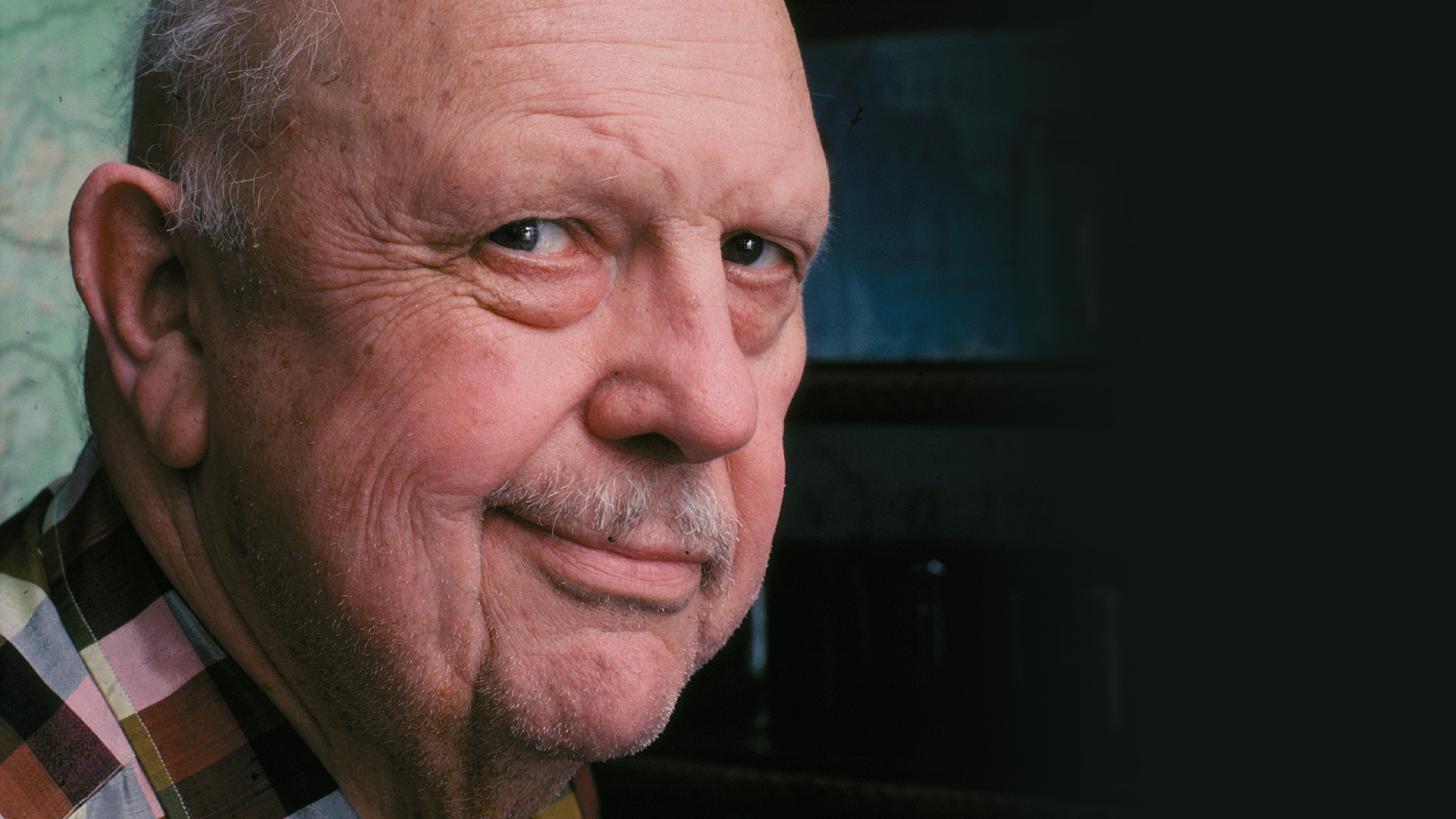It’s been a bit since I talked about cookbooks – and I have a couple of quick passing thoughts on a couple of James Beard’s cookbooks that I want to post now… since I fell behind and didn’t get anything scheduled for today (wrapping up my current position at work has been very crazy).

Recently I checked a couple of James Beard’s cookbooks out from the library – Beard’s Theory and Practice of Good Cooking and Beard on Bread. Both books were written in the 1970s. As Beard, unfortunately, passed away in 1985 (the year I was born), his books are ones which by nature of that fact haven’t been touched since then. Similarly, because of the role Beard himself played in sort of forming what is considered “American Cusine”, and as he came up (in terms of popularity) in the same post-war era as Julia Child – with both cooks being good friends – it’s unsurprising that Beard’s books, much as Child’s books, are somewhat viewed as sacred texts.
To put things another way, as a rank amateur, when it comes to cooking, to speak at all of a culinary juggernaut who has one of the most prestigious awards in cooking publishing named after him takes stones.

So, Theory and Practice, on the one hand, is immensely useful on some of the theory and practice sides of things. It’s not without some faults – one of the benefits of modern graphic design technology is for some of the concepts you’re trying to illustrate you can use actual photographs now, instead of using line drawings. High quality line drawings, but line drawings nonetheless – which also causes problems if your particular edition either has a darker color of paper, or has a paper that has somewhat deepened from a straight white with age. This is something that, for example, How To Cook Everything: The Basics was able to accomplish.
Additionally, some of the ways we buy food have changed since the ’70s – some for the better, some for the worse. There’s a real possibility that your grocery counter may not have a full-service butcher’s counter, meaning getting some things that are recommended in making (for example) chicken stock are harder to come by, and may require you to go out of your way – for example, getting chicken feet. On the other hand, thanks to the Internet, the ability to buy our own whole spices and grind them ourselves is much more accessible and affordable than it’s been in the past.
Still, the core thesis of James Beard’s work – that cooking should be fun, and knowing what you’re doing makes it more fun – is still valid and holds through. The cooking blog presentation method – a personal story about the food followed by the recipe itself, comes from Beard’s writing – whether you consider that manner of presentation a blessing or a curse. I’d argue it to be a blessing – food is social – but I’m also absolutely aware that the fact that blogs aren’t limited by column inches in a magazine, newspaper, or physical book means that it makes it really easy for people to ramble.
On the other hand, Beard on Bread is perfectly useful as-is. Sure, there are a few points where technology and time has marched on, but they’re ways where things have marched on to make things easier. Beard talks about buying slate roof tiles from the hardware store to make an improvised baking stone for your oven… when now you can just buy a halfway decent pizza stone for under $40 (Amazon affiliate link), and it’s probably cheaper than what Beard put together.
Otherwise, though, I’m not going to say the way we talk and think about bread is unchanged necessarily since then – Beard has a recipe for a high gluten bread which, I suspect, if he were writing now he’d put some stuff in there for lower gluten bread for people with celiac disease. But everything else is something you could just bake now – and indeed some of the bread that might have called for less accessible ingredients at the time are easier to get the software, for now, thanks to (again) the internet.
Consequently, while I would recommend you absolutely read both – I’d say Theory and Practice is one to check out from the library or wait to get on sale, while Beard on Bread is one that I would say you shouldn’t sleep on. Buying anything through those links will help to support the blog.
If you enjoyed this blog post and would like to help to support the site, please consider backing my Patreon. Patreon backers get to access my reviews and Let’s Plays up to a week in advance.
If you want to support the site, but can’t afford to pledge monthly, please consider tossing a few bucks into my Ko-Fi instead.


Pingback: Thoughts on The Essential James Beard Cookbook - Breaking it all Down